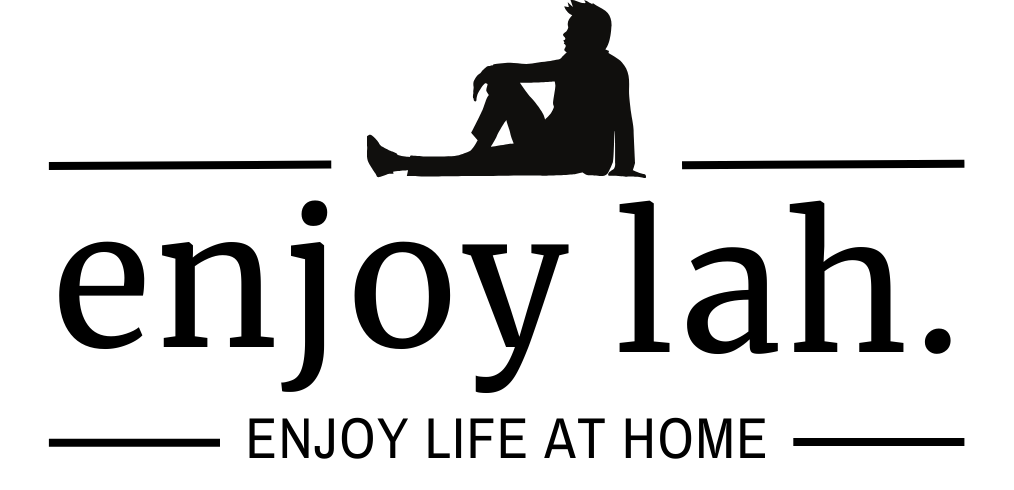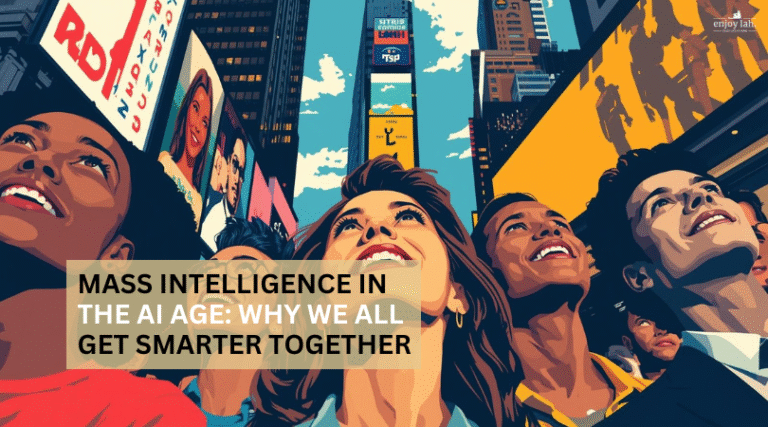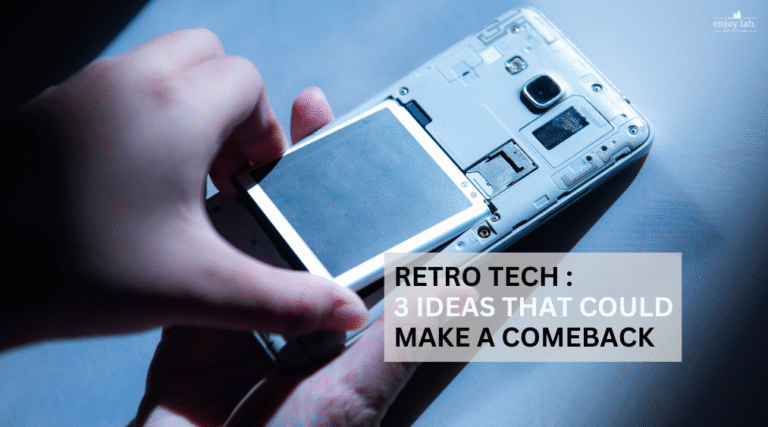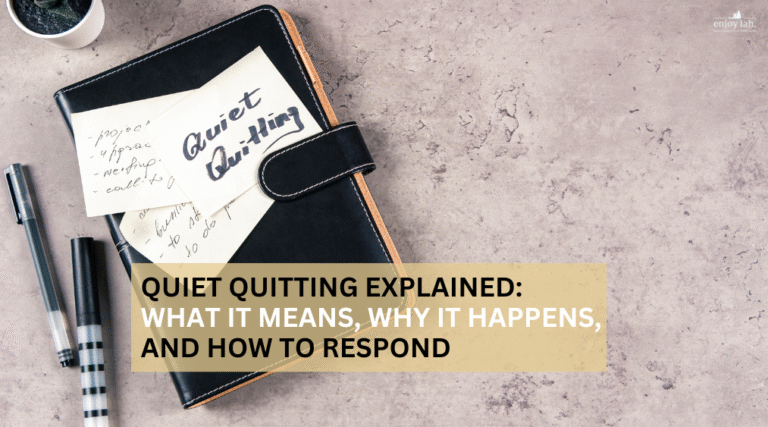Is there a growth opportunity in the Creator Economy? Absolutely!
In today’s digital landscape, many people may not be familiar with the creator economy. Instead, many may misunderstand the term creator for influencer. To some, being immersive in social media is associated with the images of TikTok stars perfecting dance moves or Instagram influencers posing with sponsored products. Yet, that narrow view misses the true perspective.
The creator economy is not simply reserved for the young or the influencers chasing viral fame. Instead, it’s now an ecosystem where individuals turn knowledge, story, creativity, and passion into growth opportunities. Guess what? That also applies to us, the Xers!
Furthermore, for Gen X professionals with decades of life and career experience, the creator economy offers fresh possibilities for sharing stories, building communities, and generating new income.
Let’s explore.
What Exactly Is the Creator Economy?
First, let’s clarify what we mean by the creator economy. To define, it’s the ecosystem where individuals earn income by creating digital content, products, or communities. While influencers are certainly part of this economy, creators go far beyond that, technically more than just sponsored posts or social media likes.

Creators monetize their efforts in diverse ways, such as:
- Ad revenue from platforms like YouTube or TikTok.
- Subscriptions, whether through services like Patreon or Substack, where audiences pay for exclusive content.
- Digital products, including online courses, eBooks, or templates.
- Affiliate revenue, where creators earn commissions by recommending products or services.
Consider the best-known case, Mr Beast. He built a viral entertainment empire, earning millions from high-stakes challenges and philanthropic stunts. Even niche creators with modest audiences can often sustain earnings through building content for targeted communities.
The success of these creators demonstrated that the creator economy is vast and full of opportunities that can cater to creators of all sizes, cultures, and backgrounds.
Creator ≠ Influencer: Key Differences
One common misconception is that “creator” and “influencer” seem to get lumped together often and mean the same thing. Certainly, they are not the same. They are just different roles in the creator economy.
Here’s a closer look:
| Influencer | Creator |
| Focuses on brand partnerships and lifestyle image | Focuses on building unique content or products |
| Revenue mainly from sponsored posts | Revenue is mainly from sponsored posts |
| Often dependent on platform algorithms | Often builds owned channels like email lists, blogs, or courses |
Influencers typically leverage “star power”, relying on brand deals, earning income by promoting products to large audiences. Their value lies in visibility and influence over consumer trends.

In contrast, creators build unique content, stories, products, or communities. They often earn income directly from their audience, whether through subscriptions, digital products, or educational content. Of course, at some point, some creators eventually acquire “star power” and also become influencers as well.
I felt that understanding this difference is important for Gen X. Yes, we do not need to be a social media star to participate in the creator economy. As long as we have stories, experiences, and knowledge (which we have!), we can add value as creators.
Why the Creator Economy is Open to Gen X
So why should Gen X pay attention to the creator economy? Firstly, my thought is that we Gen Xers are well equipped with stories, knowledge, and experiences. Secondly, with digital tools being democratized and with ease of access, it makes it easier to become a creator.
Moreover, with the evolving nature of the economy, the ability to hustle is a kind of insurance or future-proofing for our careers. And in the past, launching a creative business required significant capital and technical skills. Today, accessible tools empower anyone, regardless of age, to create and share professional-quality level of content. Platforms like:
- Canva, for easy visual design.
- ChatGPT, for writing assistance and brainstorming ideas.
- Substack, for launching newsletters.
- CapCut, for editing engaging videos.
With these tools, creating content no longer demands complex technical expertise or expensive software. Instead, the only true requirements are:
- A story to share.
- Knowledge to share.
- Consistency to show up and create regularly.
Crucially, I think we Gen Xers hold a hidden advantage. Life experience is a superpower in the creator economy. Whether it’s lessons learned from decades in the workforce, unique hobbies, or insights from life, Gen X possesses an abundance of stories and perspectives younger creators simply can’t replicate. This richness makes our content not only informative but also deeply relatable.
Understand Virality and Getting Towards it
It’s impossible to talk about the creator economy without discussing the topic of virality. Content virality is important for the creator. It amplifies reach exponentially, driven by an algorithm that favours high engagement. In addition, it also helps to skyrocket your followers. But that will also mean high pressure to replicate success again and again.

However, one thing is clear: all creators started as unknown. And there are also stories abound of creators whose single video catapulted them into stardom. Even for Mr Beast, in an interview mentioned that it took him beyond a year to get high traction.
Success stories:
- MrBeast’s viral stunts have earned millions in ad revenue.
- Niche YouTubers are turning hobbies like woodworking or knitting into six-figure incomes.
The word of caution is that we need to approach virality with a balanced perspective. While viral success is thrilling, we need to accept that not all content is a shooting star. And sustainable success in the creator economy doesn’t just depend on a single viral moment. Instead, it comes from creativity, consistency, storytelling, and building genuine relationships with audiences.
The Secret: Stack Your Digital Creative Tools
To thrive in the creator economy, we need to be well-equipped with digital creative tools. Without the tools and digital skills, even with a strong ability for storytelling and creativity, it will still fall short.
To participate as a creator, we need to stack up the digital skills and build powerful content workflows.
Here’s how Gen X creators can begin and stack their digital toolkit:
- Canva → to create engaging visuals, social posts, videos and even digital products.
- ChatGPT → for research, brainstorming, writing scripts, or generating outlines.
- Substack → to launch newsletters and build a dedicated subscriber base.
- Gumroad → for selling digital products directly to audiences without elaborate ecommerce
- CapCut → to edit videos for social media or online courses.
This toolkit can build a powerful content workflow:
- Faster content production.
- Greater creative possibilities.
- Lower costs compared to traditional business models.
By learning to manage these creative tools, Gen X can unlock efficiencies and creative freedom, making participation in the creator economy more accessible than ever.
The Gen X Advantage in Creator Economy
For us Gen Xers, I like to argue that we well well-suited for this new frontier:
- Depth of life and career experience: Years in the workforce translate into lessons and insights others are eager to learn.
- Unique stories and perspectives: Personal narratives resonate deeply, offering authenticity that younger audiences crave.
- Transferable skills: Communication, teaching, organization, and expertise all translate seamlessly into digital products, online courses, or community-building.
Even if we decide not to participate in the creator economy, getting well-equipped in creator skills will support our career progression. This is because the world is now in a place where storytelling is so critical in every aspect of business and our lives.
And if we decide to go for it, then there are plenty of growth opportunities. Engaging in the creator economy builds confidence, digital fluency, and possibly a fulfilling side income.
For some, it can be a path toward legacy, preserving stories, knowledge, and experiences for future generations. For others, it’s an avenue for creative freedom, untethered from corporate structures.
Ultimately, the creator economy is more about connecting meaningfully with an audience who values what you have to share.
Final Thoughts: It’s About Creating, Not Chasing Fame
In the end, the essence of the creator economy isn’t about becoming the next TikTok star or Instagram influencer. For us Gen Xers, stepping into the creator economy doesn’t mean becoming someone you’re not. Rather, it’s about sharing our stories, skills, and life experiences to contribute value in new digital spaces. With modern tools and platforms at our disposal, the barriers to entry have never been lower.
So, if you’ve ever thought, “I have something worth sharing,” just do it! The creator economy is always open for business, and for sure, it’s for Gen X!
You don’t need millions of followers to make a difference. You only need a story worth telling, and the courage to tell it.








